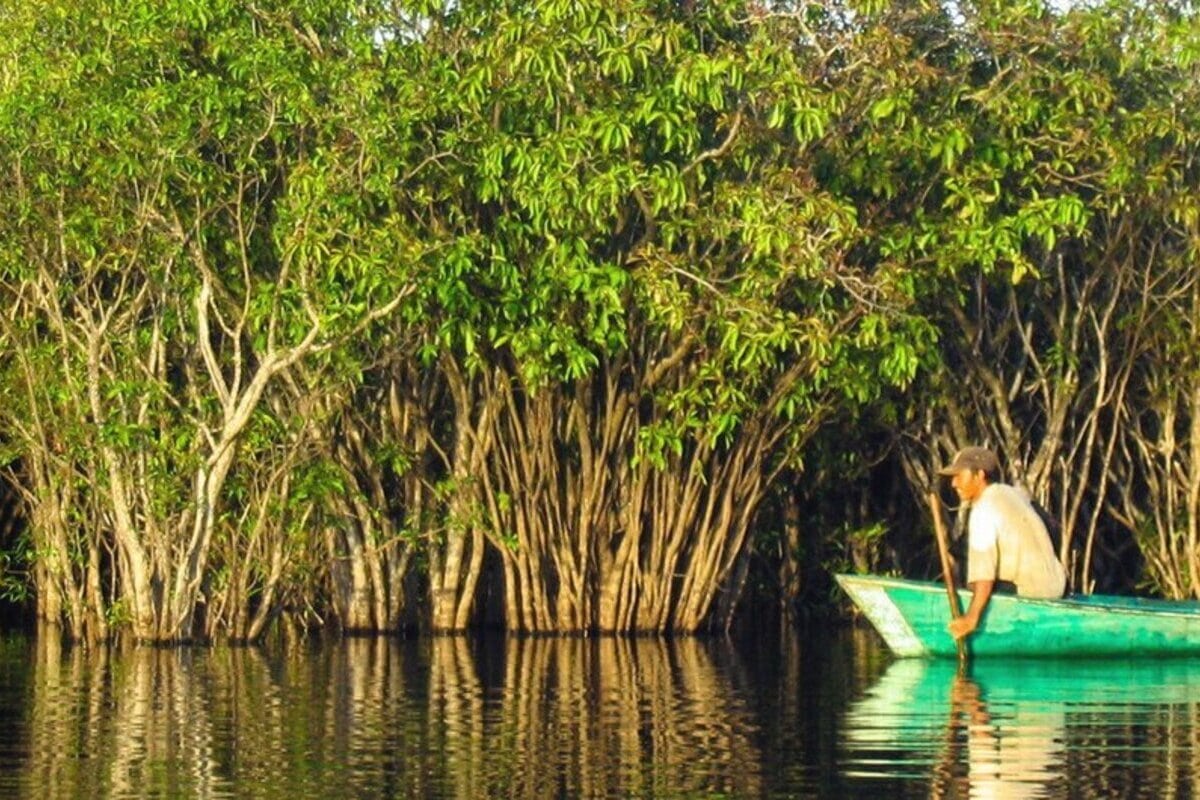Mangrove forests are unique ecosystems found in the coastal areas of tropical and subtropical regions where land and sea meet. These trees can survive in salty water, strengthen coastlines, and provide shelter for thousands of animal species. Their unusual root structures, ecological importance, and filtration abilities make them some of the most valuable natural resources on Earth. Here are fascinating and educational facts about mangrove forests that you may not have known before.
- Mangrove forests grow only in warm climates where temperatures do not drop below 19 degrees Celsius. The largest mangrove areas are found in Indonesia, Brazil, Australia, India, and Nigeria.
- One of the most distinctive features of mangroves is their aerial roots. These roots rise above the water and soil, allowing the trees to breathe even in flooded conditions.
- Mangrove trees survive in salty water thanks to specialized filtration systems. They either block salt from entering their tissues or excrete it through their leaves, maintaining internal water balance.
- There are about 80 species of mangrove trees worldwide. The most common genera are Rhizophora, Avicennia, and Sonneratia, each with its own unique morphological characteristics.
- Mangrove forests play a crucial role in protecting coastlines from erosion. Their roots stabilize the shore, absorb wave energy, and reduce the impact of storms and tsunamis.
- These forests are home to a wide variety of animals. Mangroves provide habitat for fish, crabs, mollusks, birds, snakes, monkeys, and even leopards in some regions.
- Mangroves serve as natural nurseries for marine life. Many fish species lay eggs among their roots, where the dense structure offers protection for young offspring.
- Mangrove forests have a very high carbon storage capacity. They absorb carbon dioxide three to five times more effectively than tropical rainforests and store it both in their biomass and in the soil.
- Because of the high organic content in the soil and the slow rate of decomposition, mangrove ecosystems can retain carbon for thousands of years. This makes them critical in the fight against climate change.
- Mangrove trees tolerate frequent fluctuations in water levels. They grow in tidal zones and can survive several hours of submersion in saltwater each day.
- In many countries, mangrove forests have significant cultural and economic importance. Local communities use the wood for construction, furniture making, and rely on the forests for fishing.
- Despite their importance, mangrove forests are disappearing at an alarming rate. The main causes include coastal development, aquaculture, pollution, and tourism expansion.
- Some countries have launched major mangrove restoration programs. In India, Bangladesh, and the Philippines, large-scale planting efforts are carried out with the help of local populations.
- Mangroves can act as natural barriers that reduce the damage caused by natural disasters. After the 2004 tsunami, villages protected by mangrove forests suffered less damage than those where the trees had been cleared.
- Scientists use mangrove ecosystems as indicators of coastal water quality. They are highly sensitive to changes in salinity, temperature, and pollution, making them reliable bioindicators.
- Mangroves reproduce through a unique method called vivipary. The seeds begin to germinate while still attached to the parent tree and then fall into the water to continue growing.
- The height of mangrove trees can range from 2 to 30 meters depending on species and environmental conditions. The tallest mangroves grow in Southeast Asia.
- In different languages, the word “mangrove” has various origins. The English term came from Portuguese, which borrowed it from West African coastal languages.
- Unlike many other ecosystems, mangroves can thrive in very poor soil conditions. Their ability to survive in harsh environments makes them a symbol of ecological resilience.
- Mangrove forests have enormous potential for ecotourism. Boat tours through the roots, bird watching, and observing marine wildlife attract tourists from all over the world.
These incredible facts about mangrove forests show just how unique and important these ecosystems are. They connect land and sea, protect coastlines, regulate the climate, and provide a home for countless species. You may not have known, but protecting mangroves is one of the key steps toward a sustainable future for coastal regions. Their preservation and restoration are a shared responsibility for all of humanity.





